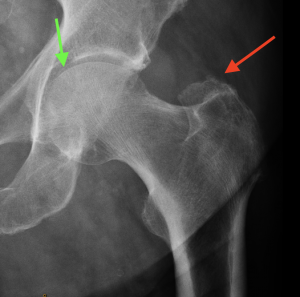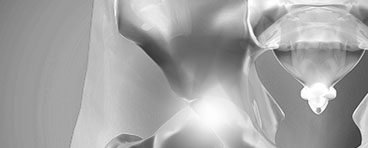Click on the links below to find out more
Gluteal Tendon Tears
DESCRIPTION
Gluteal tendons may be torn in a variety of ways, from a range of causes. It is importantly the your are properly evaluated by Mr Slattery for the cause of your tendon tear prior to embarking upon treatment.
The gluteal tendons are similar to other tendons in the body, they are tough rope-like structures that connect the muscles to the bone. There are a range of reasons why tendons may tear, and it is important that these are carefully evaluated, to prevent these tears from getting larger, to prevent other tears from occurring, and to ensure that surgical repair is successful (if undertaken).
Causes of Gluteal Tendon Tears:
Common causes of gluteal tendon tears include:
- Older age – “wear and tear” degeneration
- Rheumatoid arthritis and inflammatory diseases such as ankylosing spondylitis and psoriatic arthropathy
- Surgery (for example Total Hip Replacement through a Hardinge approach)
- Trauma
- Medications
Investigations for Gluteal Tendon Tears
Investigations should be undertaken of not only the gluteal region but also the hip, as often there can be other problems which need treating along with the gluteal tendon tear. Examples of this include hip arthritis and trochanteric bursitis.
Recommended investigations include:
- X-rays to evaluate the hip, and for the presence of bone spurs around the tendons
- MRI scans – these are very useful and highly accurate at looking at the tendons, as well as the muscles and soft tissues around the hip (these can be difficult to interpret if there are metal implants)
- Ultrasound Scans – these can be very useful especially where there are metal implants which make MRI difficult









